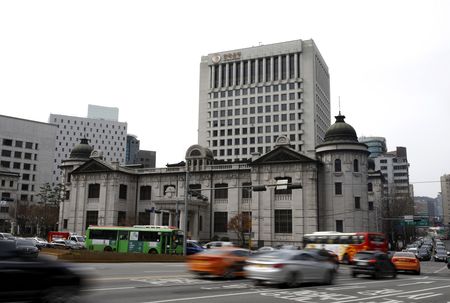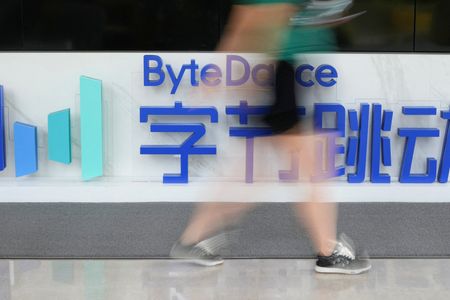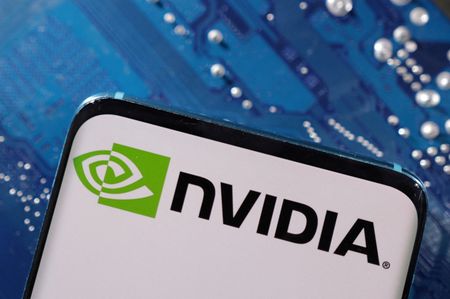TAIPEI (Reuters) – Taiwan’s first phase of tariff talks with the United States went “smoothly” and the government hopes to take this challenge as an opportunity to promote a new Taiwan-plus-the-United States layout for trade, President Lai Ching-te said on Monday.
Major semiconductor producer Taiwan had been due to be hit with a 32% tariff by U.S. President Donald Trump, until he put all tariffs ex-China on hold for talks to take place.
Taiwan and the United States on Friday held their first direct talks about the tariffs.
Speaking to representatives from university alumni associations at the presidential office in Taipei, Lai said Taiwan has overcome challenges before and has to work to turn crises into opportunities to transform the island’s economy.
“Taiwan has started negotiations with the United States, and the first phase of the negotiations went smoothly,” his office cited him as saying.
Lai said he “hoped to use this challenge as an opportunity for Taiwan to promote the new layout of ‘Taiwan plus one’, that is, Taiwan plus the United States”.
Lai has pledged to seek a zero tariff regime with the United States, and to invest more in and buy more from the country.
Taiwan’s TSMC, the world’s largest contract chipmaker, announced last month an extra $100 billion investment in the United States.
Taiwan has long sought a broad bilateral trade deal with the United States, and also wants similar deals with other U.S. allies, especially as the government seeks to wean itself off reliance on China, which claims the democratically-governed island as its own territory.
Lai said Taiwan has already been signing trade and investment protection agreements with countries such as Britain and Canada, and also wants to join the Comprehensive and Progressive Agreement for Trans-Pacific Partnership, or CPTPP.
“By resolving trade barriers multilaterally, we can allow Taiwanese products to be sold around the world,” he added.
(Reporting by Ben Blanchard; Editing by Jacqueline Wong)











